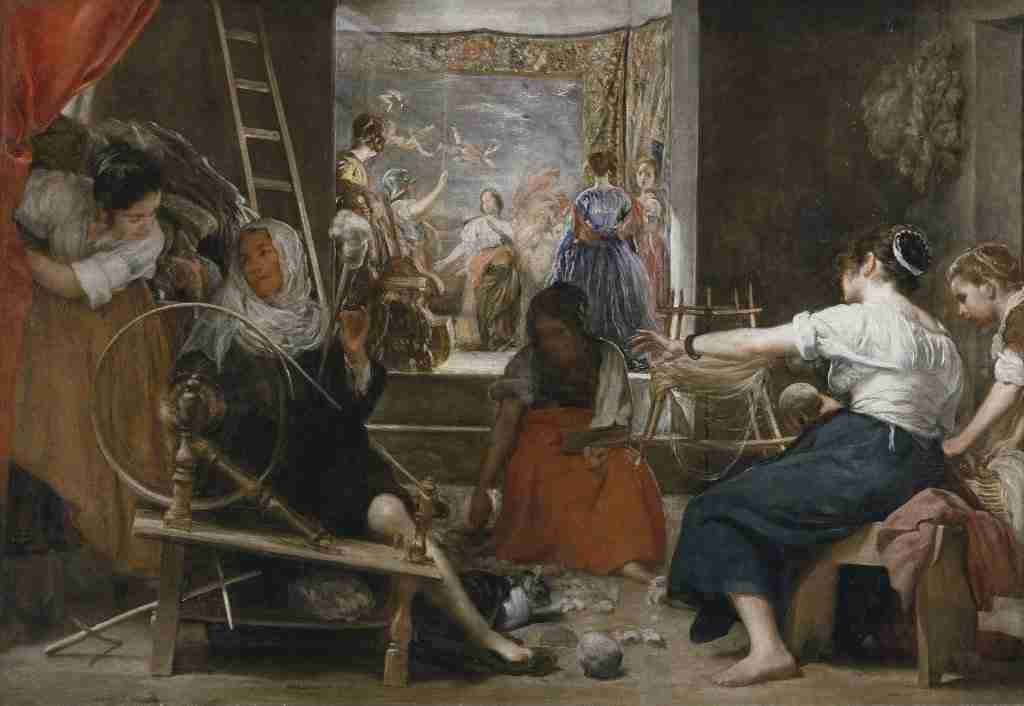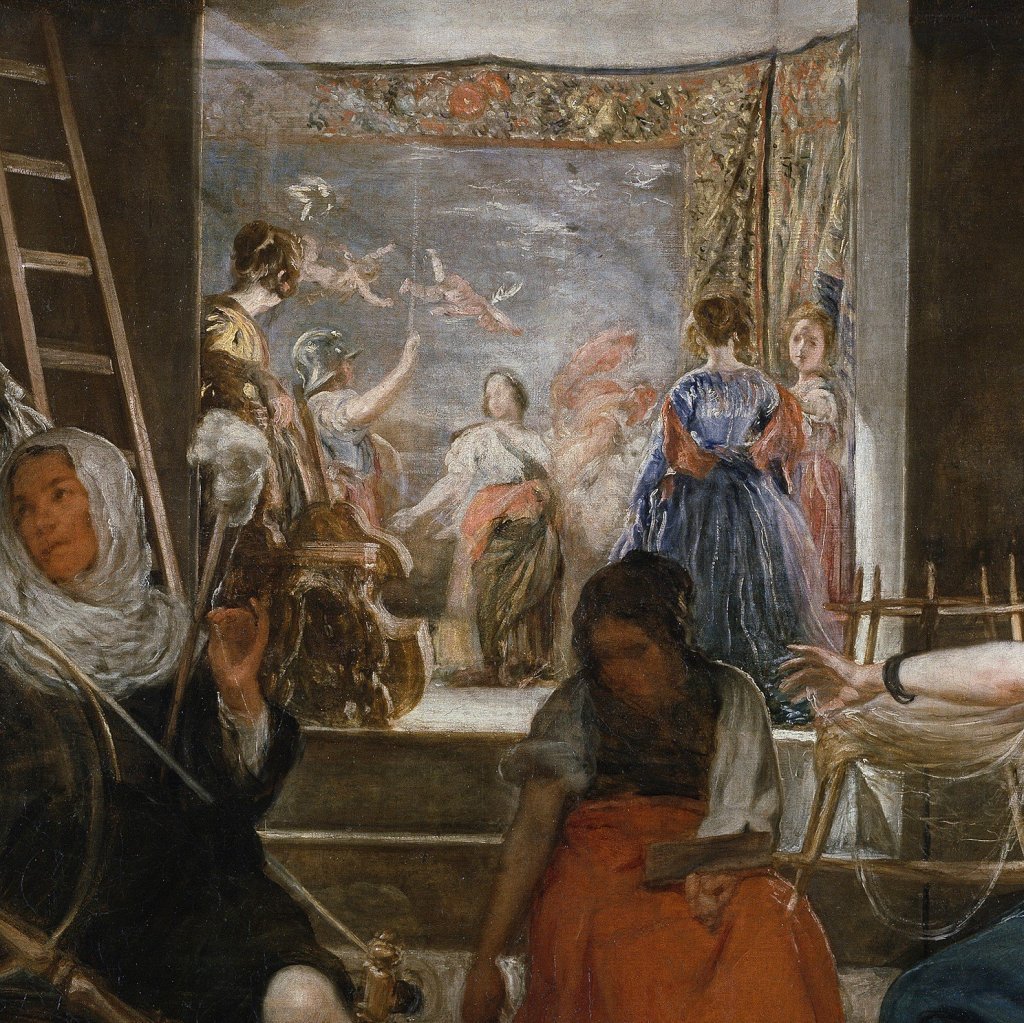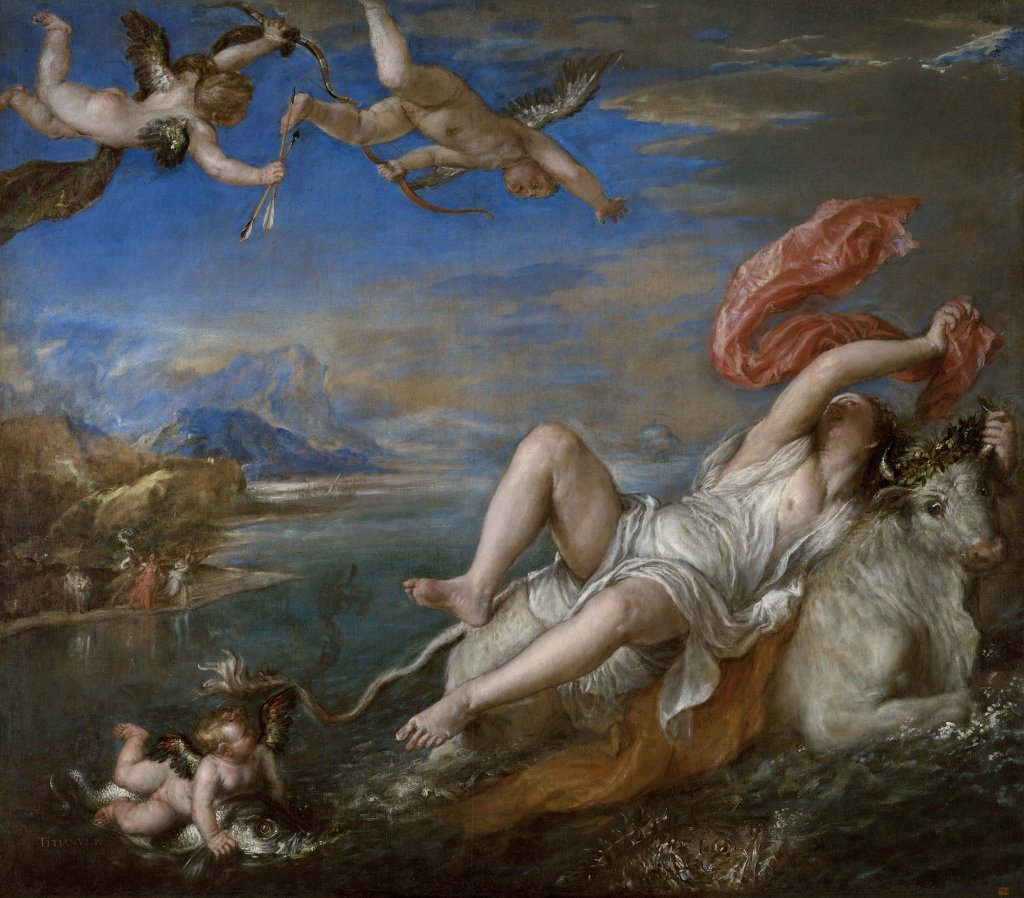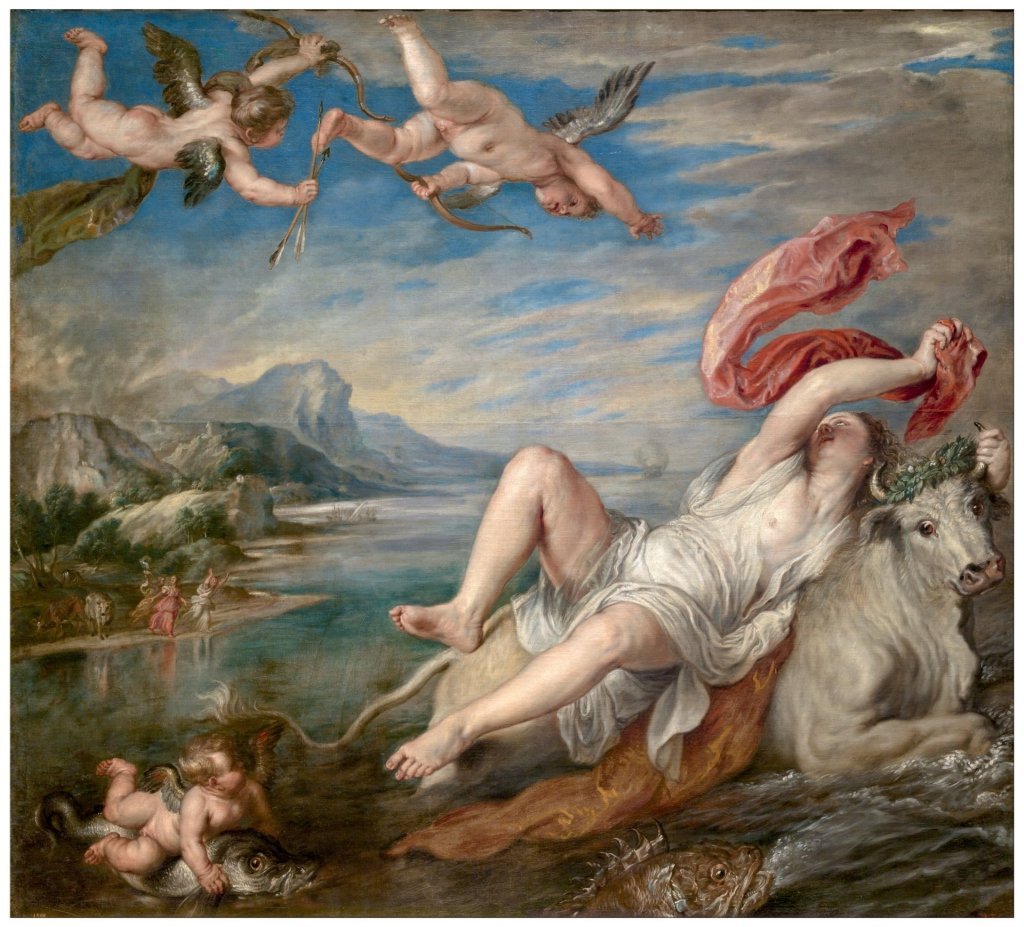Velázquez and why even masterpieces need titles
La Meninas is Velázquez’s most famous masterpiece. However, another of his paintings shows us how words can change our view on artworks.
Everyone knows La Meninas by Diego Velázquez. It is his most popular work. However, another painting by him from the same years better speaks about the power of language on the reception of images. Paintings need words. Without them we would not grasp everything that images can offer. With no text, we would only stick to their surface.
Very few scholars have addressed the relationship between works of art and their titles; among them we find Michel Butor, Giovanni Pozzi and Giuseppe di Napoli. Like the pioneering ideas of Gérard Genet and Jacques Derrida, their work on titling is as unusual as it is valuable. Even the monographs of old master paintings rarely contain information about their titles.

There are a few reasons for this lack of research. For starters, old masters would not title their paintings themselves. Their clients or later art historians would. Even important scholars have considered titles as mere accessories, useful for the identification and classification of a work, but not essential with regard to its meaning. However, the title of a painting can change its interpretation and open possibilities for fascinating discoveries. This is the case of Las Hilanderas (The Spinners), one of Diego Velázquez’s masterpieces.

What we see in this painting is exactly what its title says: a group of spinners at work. The painting dates back to 1657 and is now in the collection of the Prado museum. It was commissioned to Velázquez to celebrate the Santa Isabella tapestry factory in Madrid. The painter responded to the assignment by depicting a scene he had actually witnessed, turning genre into a “naturally painted snapshot.”
This realistic view on factory work in 17th century Spain gives information about the condition of the workers, their clothes, their machines at the time. There are even subtle details, like a cat nestled between the workers and the spinning wheel. We can imagine the emotions of the women in the foreground, expressed by their poses and their looks. However, this is only a part of the story.
The interpretation of Las Hilanderas as an ordinary work scene was common until seventy years ago, when someone noticed a detail that revealed an entire new meaning, generating a truly unexpected plethora of narrations. It happened in 1948, when Velázquez’s scholar Diego Angulo Iniguez focused his attention on the background of the picture.

Before Angulo Iniguez, it was believed that the figures at the back were the queen (the character with a raised arm) and her companions, who had come to the factory to test the ability of the spinners. But why—the scholar wondered—does the queen wear a strange headdress instead of a crown? Nobody had asked the question before. Angulo Iniguez had a brilliant intuition: the helmet could only be explained as a reference to the myth of Athena and Arachne narrated by Ovid in the Metamorphoses. The women close to the tapestry would therefore be the protagonists of this story, engaging in a competition to establish which of the two—the divine Athena or the human Arachne—was able to weave the most beautiful tapestry. Besides, the myth would fit the narrative of the weaving in the foreground.
The relationship between the two panes of the picture is even closer. If the scene in the background is the myth of Arachne, the one in the foreground could very well be the representation of the same myth transposed into the present of Velazquez. The women between skeins and spinning wheels could be mythological figures dressed in 17th century work clothes. Velázquez brings the myth into history, and leads us to see the workers in the foreground as competitors in a supreme contest.
Ever since this interpretation of Angulo Iniguez, the painting has had two titles—The Spinners and The Myth of Arachne. It has become two paintings in one. Moreover, this double interpretation prompts a third one: Velazquez’s work would also be an allegory of creation, and artistic creation in particular. In the myth, Arachne wins the contest, unleashing the wrath of the goddess Athena. In this regard, the indirect message of the picture seems to point to the figure of the painter as a competitor of God in the process of creation.
A very significant detail supports this thesis. The tapestry hanging in the background is a quote from Titian’s The Rape of Europe, which was made between 1559 and 1562 for Philip II and copied by Rubens between 1628 and 1629. Velázquez had certainly seen the work, as Titian was considered one of the most important artists even in Spain. Velázquez might have chosen to pay homage to him by equating weaving in the myth with painting in reality. Both creative activities had allowed humans to stand a chance with the divine.


As Giuseppe di Napoli writes:
We are justified in believing that Velázquez conceived the painting as an of allegory of painting or of art in general, assigning it the task of evoking one of the main themes of the artistic debate of the time, one in which he was personally involved: the recognition of painting as a free form of art. The central theme of the picture is artistic creation, which follows the interactions between form and matter. For example, Ovid sees the transformation of matter as a creative act in his Metamorphoses. Velázquez takes up the original theme by transposing it into the narration of the material that turns into art, moving from the ball of wool placed in the foreground to the finished tapestry at the back. The attention falls on to the creative processes that feed the constant attempts of art to overcome itself.
The Spinners or The Myth of Arachne sets in motion a truly sophisticated device with very complex narrative structures continuously sliding onto each other. On the one hand, Arachne identifies with Titian, therefore becoming an allegory of painting and a self-reflection of Velázquez. On the other hand, realism blends with myth, which redefines reality in turn. Moreover, one can find a reflection on the history of theatre as the background scene is depicted as a stage, presenting figures that invite us to empathically eavesdrop their whispers or hear their cheers for one competitor or the other.
History, everyday life, myth, literature, weaving, art and painting coexist in a single visual discourse, to which we have been able to access only thanks to a new title, capable of opening up a new horizon of understanding. Perhaps, at this point, a third title should be added to Velázquez’s painting: Allegory of Creation. We would embrace new discoveries, new details, and new interpretations, writing other words and feeding other visions.
Bibliography
- Nell’occhio del pittore, di Giuseppe Di Napoli, Einaudi, Torino, 2016
- La parola dipinta, di Giovanni Pozzi, Adelphi, Milano, 1981
- Les mots dans la peinture, di Michel Butor, Albert Skira, Genève 1969
- Velázquez, di José Ortega y Gasset, Ibis, Como, 2015
November 25, 2020
